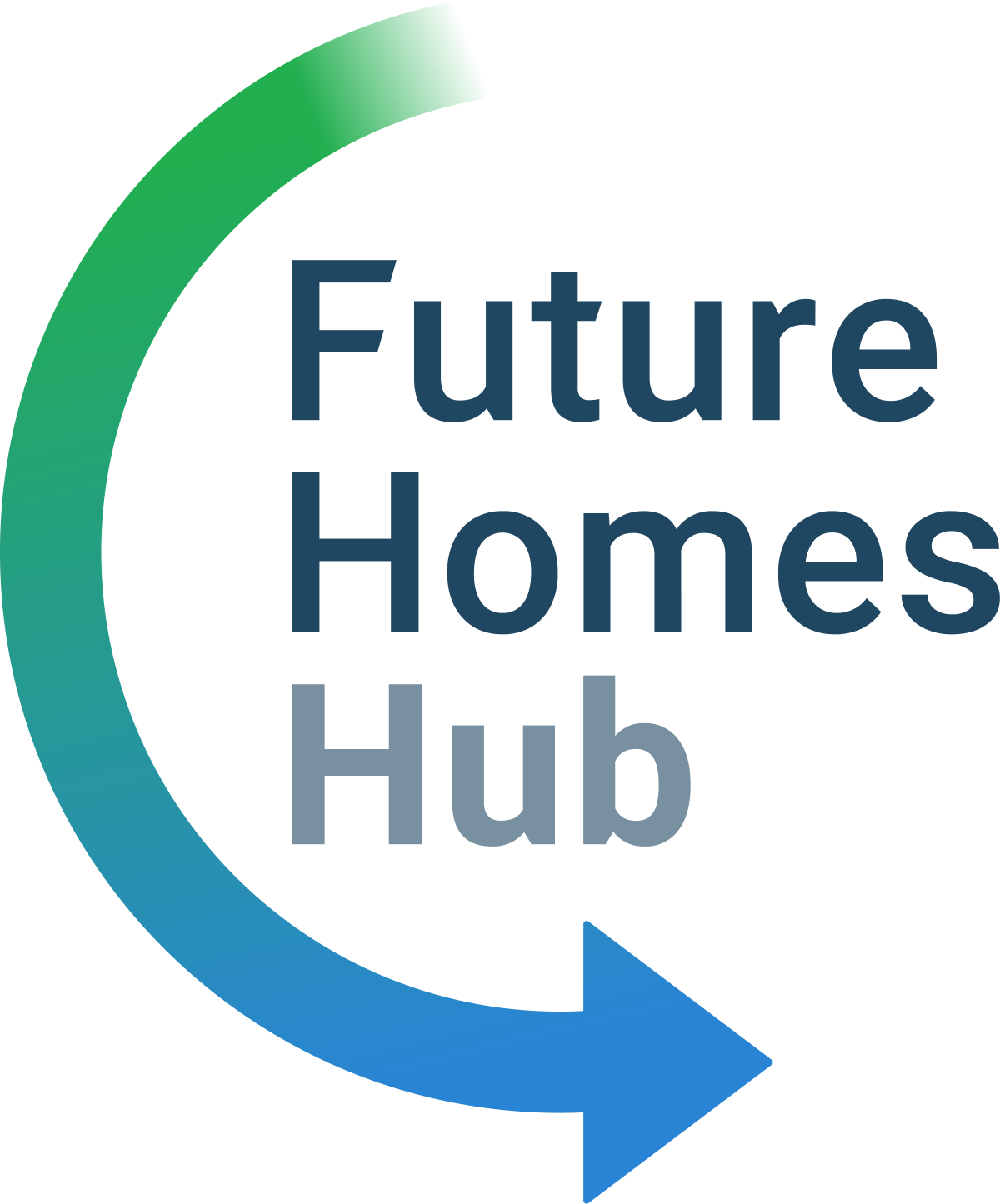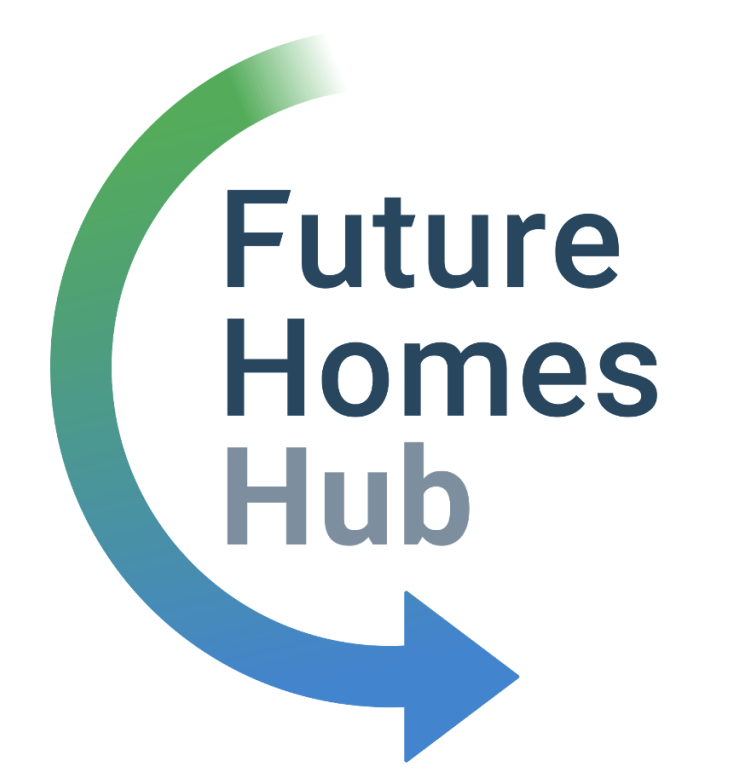We have an industry roadmap for whole life carbon – now we must all drive it forward
Brian Johnson • December 21, 2022
The Hub recently caught up with Brian Johnson, Group Development Director of Cala Group, who is Chair of the homebuilding sector's Embodied and Whole Life Carbon project and the groups work
What inspired you to lead this project?
Building sustainable communities, running our businesses with the planet in mind, and giving our customers the tools to reduce their own environmental impact, are all driving principles for homebuilders today.
The Future Homes Hub is testament to just how significant a focus these efforts have become, and how crucial it is that we work together as a sector towards these common goals. Afterall, as individual businesses, even when sustainability is woven into our long-term strategies and engrained in our day-to-day activities, we can only go so far on our own.
When we combine our efforts, our impact goes so much further. Housing generates 16% of the UK’s carbon emissions, so homebuilding has a significant impact on the planet – but this also means we have huge potential to collectively make a positive difference.
Given this, when I was asked if I would assist the Future Homes Hub in becoming industry chair for their Embodied and Whole Life Carbon project, it was a challenge that I could not refuse.
Why whole life carbon?
When it comes to operational carbon, homebuilding has come a long way, and businesses are largely on a similar journey to reduce the emissions produced by their homes. When we turn to embodied carbon, however, our sector’s challenges are more complex. ‘Whole life’ carbon makes up homebuilding’s biggest carbon output but is significantly harder to quantify and includes many facets, from materials to transport, groundworks to construction, installation to maintenance.
Homebuilders are making progress, but there is a less unified approach when it comes to measuring and tackling whole life carbon. There’s no doubt that rather than working in silos on this collective challenge, we must pool our knowledge and create a common roadmap that accelerates all our efforts.
This approach is good for the planet, good for business, and good for customers. This is the spirit from which the Hub’s Embodied and Whole Life Carbon project was born – and we need the whole industry to get behind it.
Why is industry helping to define the approach?
Government is considering a regulated approach to embodied and whole life carbon and intends to consult in 2023. The Hub aims to bring stakeholders from across the industry together to develop a sector-led, practical proposal to for how mainstream measurement and reduction of whole life carbon in new homes sector could be achieved.
By crafting our own industry roadmap, we can design it in ways that are bespoke to homebuilding’s specific needs and challenges, while meeting government ambitions. This means industry-defined metrics leading to industry-defined targets, identifying and addressing the nuanced challenges of supply chain, skills, design and construction.
Many leading developers, stakeholders and industry bodies have already joined to help shape the project so far. There are too many to list here, but this includes large developers, SMEs, manufacturers, whole life carbon consultants, government departments and green building groups. A full list of all those involved can be found on the Future Homes Hub website.
With this whole-sector, holistic view, where everyone has been given an opportunity to influence our plans, we are confident that our findings will truly benefit all involved.
What have we done so far?
In 2022, our first phase of work has created an assessment of the baseline whole life carbon position and an implementation plan for addressing embodied carbon.
The plan has four key elements:
- Measurement and disclosure of upfront and whole life carbon assessments at both an individual home design level and whole development project site level with increasing levels of coverage.
- Setting of benchmarks for voluntary uptake for upfront and whole life carbon, using data gathered from carbon assessments carried out by UK homebuilders and initially disclosed via the Hub.
- The pathway to setting industry supported targets for voluntary uptake prior to (or concurrently with) the introduction of regulation.
- Co-ordinated engagement with the supply chain to ensure that Environmental Product Declarations (EPDs) are increasingly available to support mainstream disclosure.
The resulting report will be available in January, and the Hub will then bring all key partners together to help coordinate delivery of the plan and the sharing of results and best practice.
For businesses who get involved, there will be a toolkit that can be used to benchmark and measure whole life carbon, and a detailed roadmap that can then be followed as a blueprint for an effective reduction journey, no matter a business’ size, scale or specialism.
The Hub will set up a group to oversee the implementation of the plan and enabling activities, alongside several working groups of homebuilders to test the assessment framework and roadmap. The Hub will also co-ordinate the collation of the carbon assessment data provided during voluntary measurement and disclosure.
Our plan is to roll-out the initial roadmap and share information, best practice and data in 2023, use that to develop our blueprint even further in 2024, ready for implementation in 2025, taking the sector through to 2050, in line with government targets.
The project will be ever-evolving – the roadmap will be refined as we share information and examine results, making it more effective for everyone. This underscores the importance of industry involvement – success depends on full participation.
How can companies get involved?
Those who participate in the project give their businesses the best opportunity to effectively reach net zero embodied carbon – it’s as simple as that.
And our plans have been designed to attract industry confidence and buy in. For example, they aim to ensure that measurement techniques achieve their objectives cost effectively, are accessible to smaller developers and, together with the benchmarks and targets, avoid unintended consequences such as reducing embodied carbon in ways that inadvertently increase carbon emissions over building and development lifecycles. The plan also provides the opportunity to consider the embodied carbon implications while homebuilders are developing solutions for meeting the Future Homes Standard.
I’d urge homebuilders, the supply chain and wider industry to get involved in this landmark project, to follow the roadmap, share data and contribute ideas so we can develop our plan even further.
We are all on the same journey – it makes sense to collaborate, so we all get there quicker.
View the report, find out more about the Embodied and Whole Life Carbon project and sign up to get involved here.

